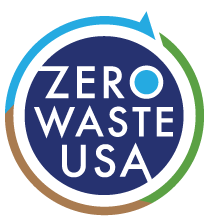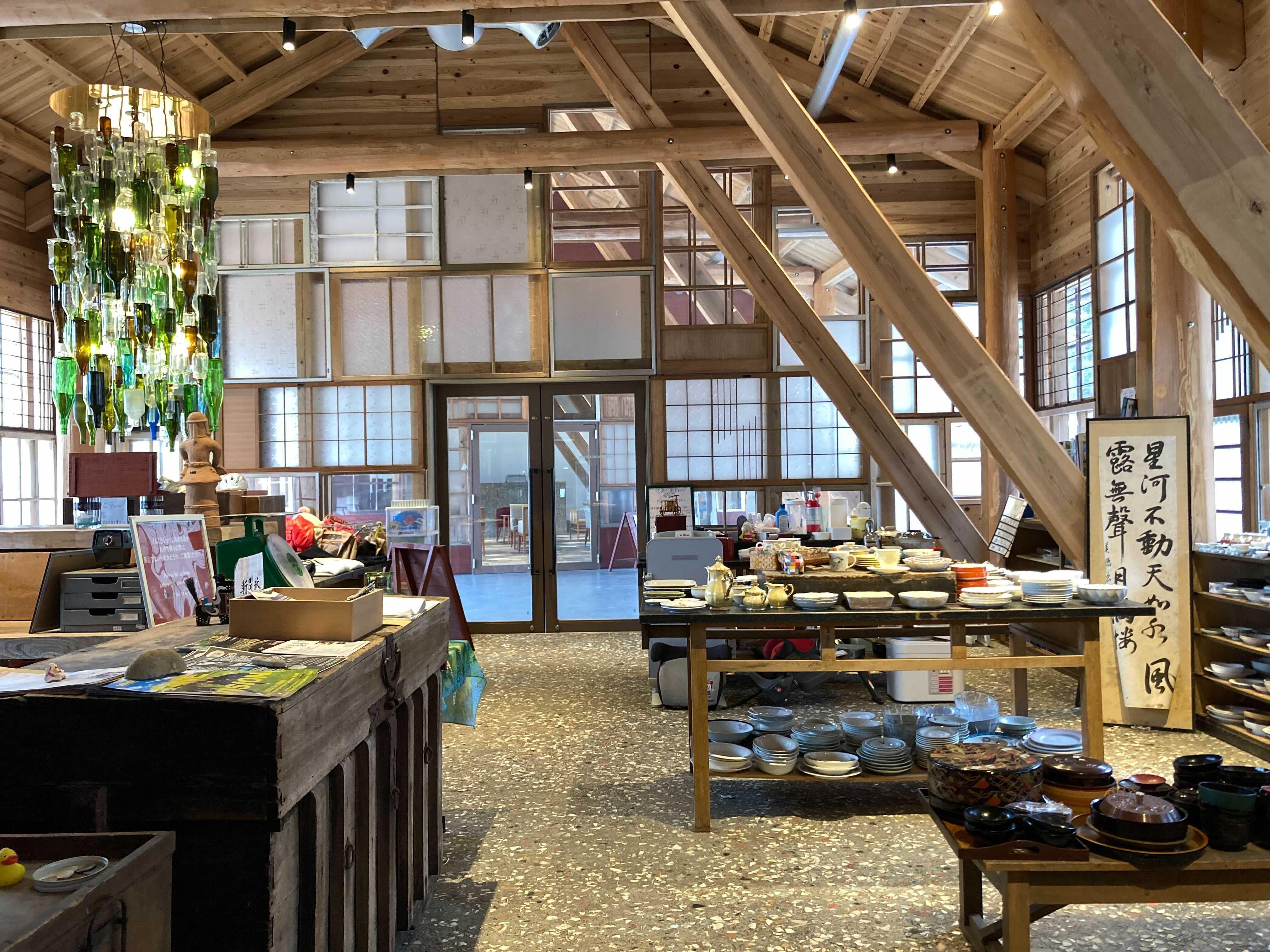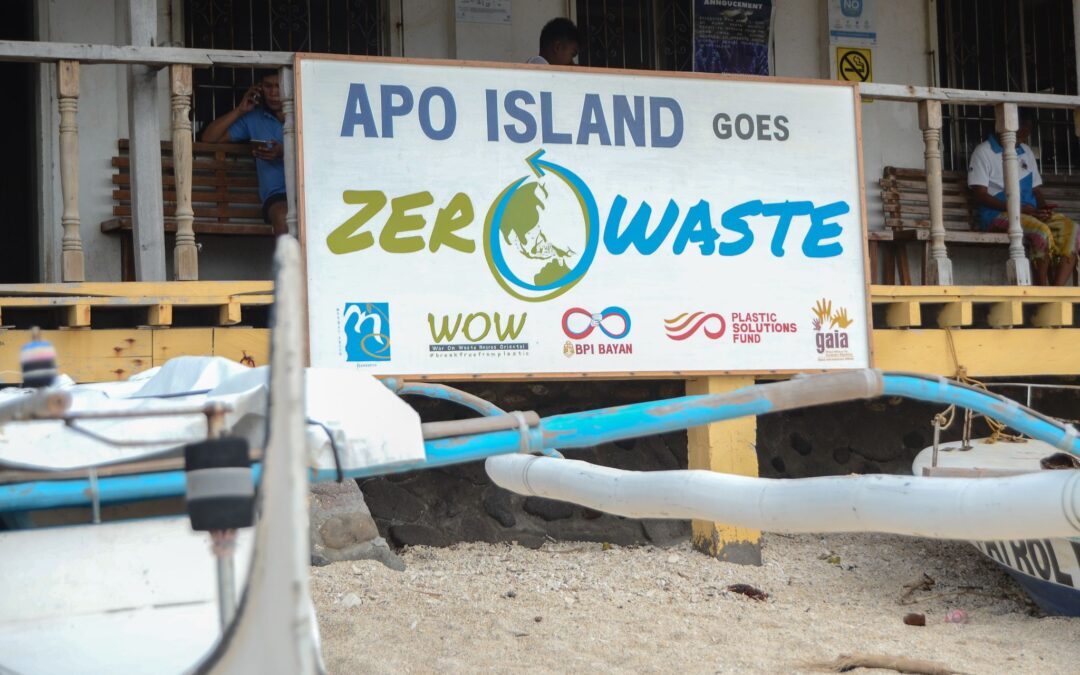A zero waste future
What could it look like, and how can we get there?
What is zero waste?
The internationally accepted definition of zero waste centers resource conservation through responsible production, consumption, reuse, and recovery of materials without burning or discharging health-threatening pollutants to land, water, or air.
|
Resource Conservation
|
|
|
Responsible Production
|
Responsible Consumption
|
|
Reuse
|
Recovery
|
Models for waste reduction
Cities across the world have undertaken initiatives to further their waste reduction goals. We can learn from the examples below as we work together to envision and build a sustainable future without the HERC.
 |
Minneapolis
Zero Waste USA put together The People's Transition Plan, a detailed guide for Hennepin County to get to zero waste after the HERC is shut down. A 2-page summary of the transition plan is available here.
|
 Source Source |
Detroit
In 2019, Detroit residents won a hard-won struggle to shut down the city's incinerator. Since then, Detroit has been doing the hard work to develop programs that divert materials from the landfills that now take the city's trash. A grassroots community composting program is set to launch in Summer 2025. |
 Source Source |
San Francisco
San Francisco's Zero Waste program is innovative for its numerous policies and incentive programs to support waste reduction. For example, they provide free reusable foodware to restaurants, cafes, and large institutions, and there are opportunities to apply for an automatic dishwashing grant to reduce use of single-use plastic foodware. |
 Source Source |
Kamikatsu, Japan
The town of Kamikatsu has a strong culture of waste sorting. Residents sort waste into 27 different categories in their homes and bring materials to a recycling center where the materials are further sorted into 40 different categories. Kamikatsu is also working with companies to update packaging, which parallels extended producer responsibility (EPR) laws in the United States. (Video and article on Kamikatsu) |
 Source Source |
Kerala, India
Kerala, the southernmost state of India, has moved to a decentralized waste management system. In Trivandrum, Kerala's capital city, over 1000 members of a Green Action Force and a large number of Green Army volunteers help manage this distributed system by collecting waste, managing numerous local compost stations, and managing city events. |
 Source Source |
Phillipines
To facilitate the impelmentation of Phillipine's Ecological Solid Waste Management Act of 2000, the Mother Earth Foundation developed the 10-Step Manual to Implementing a Community Zero Waste Program. The approach in this manual features a distributed waste management system with a strong emphasis on targeted education and communication campaigns.
|